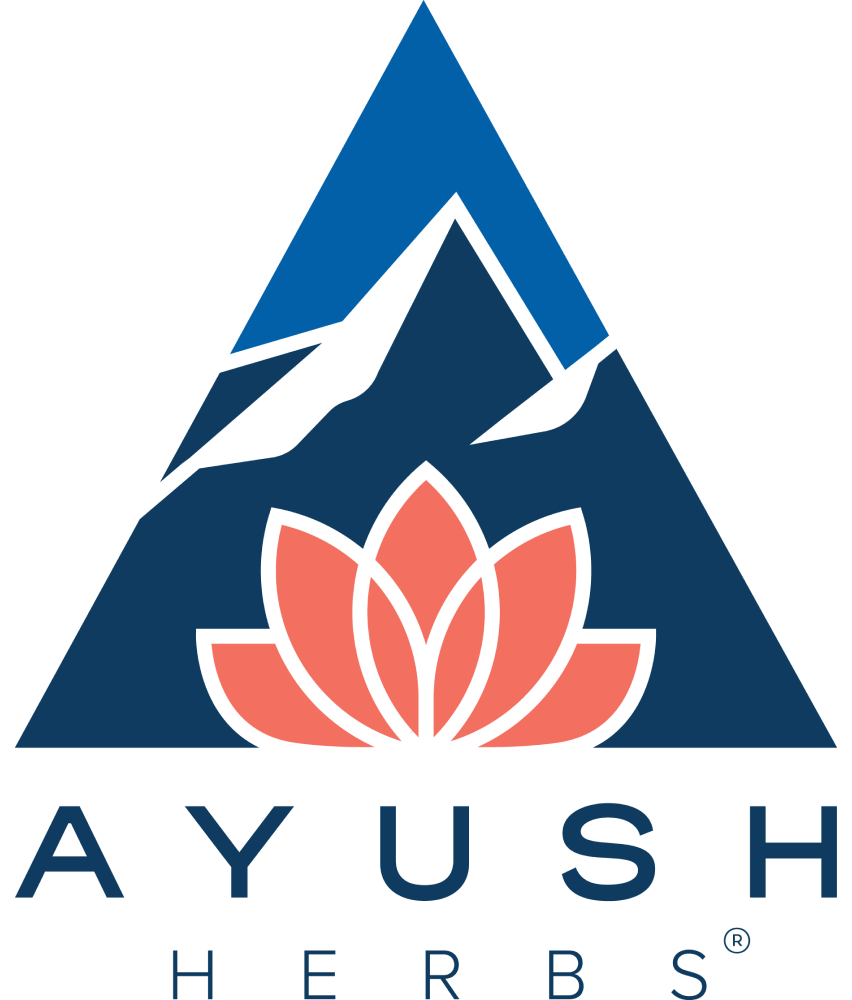Of the three doshas described in Ayurvedic medicine, Pitta is the one that is associated with water and fire. The interplay of these elements creates a transformative property and is associated with processes such as digestion and detoxification. When Pitta is too hot, the Ayurvedic practitioner will look to cooling herbs to bring the body back into balance. Traditionally, Pitta imbalance is generally characterized by night sweats, irritated skin, and anger. Western trained providers tend to think about systems involved in the presentation of an illness, such as the nervous or endocrine system, as do providers trained in Eastern disciplines such as Ayurveda or Traditional Chinese Medicine (TCM). In addition, Eastern trained providers also evaluate the “elements” involved in the presentation, allowing for a more personalized treatment plan. In this article, we will look at traditional medicines that are useful in calming Pitta when it is overactive because in Ayurveda, balance is crucial to restoring health.
ASPARAGUS RACEMOSUS (SITAWARI)
Sitawari is the main endocrine supporting herb for females in a similar way that Ashwagandha (Indian ginseng) is for supporting males. In TCM this plant is called tian men dong and is very commonly used to tonify Yin.
Notably, Sitawari is an important herb for balance in perimenopause but is also a useful botanical for endocrine balance at any age. In Ayurvedic practice, this plant balances many types of fluids including its traditional use as a galactogogue and for bringing the reproductive organs back to normal function post-partum. Sitawari’s cooling, moisturizing properties are also exhibited by its ability to soothe irritation in the intestines and calm dry, congested lungs.
NEEM PLUS
This formula has a wide scope of applications for immune support and for assisting organs of detoxification and elimination, including the liver and the intestinal tract.
- Azadirachta indica (neem) TCM—drains damp heat
- Emblica officinalis (amla) TCM—yu gan zi, drains heat, cools the blood
- Terminalia chebula (haritaki)
- Terminalia bellerica (bibhitaki)
This formula is especially useful for supporting healthy skin in cases of redness, swelling, and irritation. Regardless of the cause, these signs and symptoms fit the picture of overactive Pitta. One of the compounds found in A. indica, hyperoside, is an analogue of quercitin and is also helpful for immune support.
In Ayurveda, digestive fire is called Agni, which is from the same root as “ignite”. When Agni is out of balance, the body does not properly digest food. Some fire is a good thing, but too much of it can shift the body off balance. E. officinalis has been useful in calming Pitta and has been shown to be protective against intestinal damage in experimental models without complete suppression of digestive enzymes and hydrochloric acid (HCl). Without HCl, the body is susceptible to malabsorption of important nutrients, especially minerals.
The combination of E. officinalis, T. chebula, and T. bellerica is known as the “three fruits” or Triphala in Ayurvedic practice. Among other applications, this combination is important in detoxification of the digestive system and elimination. These herbs are considered excellent cholagogues and useful in occasional constipation.
LIVIT-2
In Ayurveda, the liver is commonly thought of as a Pitta organ, due to its tendency to produce heat in its function as a major organ of detoxification. Naturally, these botanicals help to support the liver in their own unique ways, though acting synergistically as cooling herbs to calm down the over-active Pitta.
- Andrographis paniculata (bhunimba) TCM—chuan xin lian
- Tinaspora cordifolia (guduchi) TCM—drains damp heat
- Picrorhiza kurroa (katuki) TCM—hu huang lian, drains heat from the liver
- Emblica officinalis (amla) TCM—yu gan zi, drains heat, cools the blood
There are many botanicals with purported liver protection qualities, but A. paniculata is most commonly used in Ayurveda and Chinese medicine. Also, in Sweden, it has been used in a popular herbal formula known as “Kan Jang” for support of the respiratory tract and immune system and is often compared to Echinacea purpura.
Ancient Ayurvedic texts refer to Picrorhiza kurroa (kutaki) as beneficial for the digestive tract, as well as providing balancing properties for the body through draining excess heat from the liver. Additionally, it benefits the respiratory tract to help reduce phlegm.
To support the body’s cell function, Tinaspora cordifolia (guduchi) is known to possess significant antioxidant properties. The beneficial properties of this herb are particularly evident in its abilities to support the respiratory tract and clear the symptoms of heat from the skin.
Additional immune support and cooling properties are provided by E. officinalis , which helps in pacifying symptoms where swelling, discomfort, and redness are present. It also contains a rich source of vitamin C and bioflavonoids.
While it is certainly true that knowing the usual course of an illness is helpful in determining the best treatment plan, we should also be mindful of how differently people with the same diagnostic criteria can be presented in their own peculiar way. Through identifying excess heat within the body, herbal solutions can aid in regaining balance through cooling botanicals. Or put another way…
